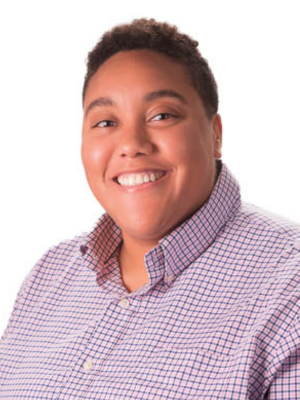 Growing up in the Bronx, just a mile from the last stop on the 1 train by Van Cortlandt Park, I called a yellow house on the edge of Riverdale Country School home. My father’s role as the 24/7 maintenance and security guy at the school afforded me the opportunity to attend one of the best schools in the country. My dad, with his infectious smile and unparalleled work ethic, has always been my role model. At 66, he still works tirelessly, not only at his full-time job but also shoveling snow and remodeling kitchens throughout Riverdale.
Growing up in the Bronx, just a mile from the last stop on the 1 train by Van Cortlandt Park, I called a yellow house on the edge of Riverdale Country School home. My father’s role as the 24/7 maintenance and security guy at the school afforded me the opportunity to attend one of the best schools in the country. My dad, with his infectious smile and unparalleled work ethic, has always been my role model. At 66, he still works tirelessly, not only at his full-time job but also shoveling snow and remodeling kitchens throughout Riverdale.
Despite the advantages my father’s sacrifices provided, it was clear early on that I was different from my affluent classmates. I distinctly remember struggling to read aloud in kindergarten and my mother’s stern advice: “You need to figure this out or you will be left behind.” Harsh as it may seem to tell a six-year-old, that message instilled in me a resilience and determination that carried me through my academic and athletic endeavors. At Riverdale, I learned to be my own advocate and to outwork everyone in the room. This mindset propelled me through my collegiate athletic career, playing lacrosse while juggling various work-study jobs. Every challenge I faced was met with the support of my team, lifting me up before I could succumb to doubts.
After college, I chose to pursue a job in Charlotte, NC, instead of New York City like many of my peers. My parents were concerned that I would encounter challenges as a masculine-presenting lesbian of color living in the South. The reality is that I “come out” every day simply by being myself and this daily reality initially made me apprehensive about finding a supportive community. However, my experiences at Riverdale and Penn had prepared me well. I had plenty of ups and downs in my athletic career, but every single time, it was the team that lifted me. Joining the Asset Backed Finance Sales and Trading team at Wells Fargo, I found colleagues who, despite our different backgrounds, took me under their wings and guided me as they would any new analyst or associate. Finding a team whether it was on the field or in the office has spurred inspiration, great collaboration, and helped me sustain my career growth.
Reflecting on my seven years at the firm, I attribute my success so far to three key factors:
- Being Authentic and Team-Oriented: Embracing my true self has been crucial. My masculine presentation and she/her pronouns are part of who I am. Honesty about my identity has been vital for my success and my ability to support others. Leading with a team-oriented approach helps me navigate diverse environments and achieve common goals.
- Finding Mentors and Sponsors: It’s very clear to me that I wouldn’t be where I am without a team of mentors and sponsors along the way. The advice, time, and candor they’ve shared has allowed me to navigate my career to what where I want it to be. More importantly, the individuals who acted as a sponsor by advocating for me in a room that I wasn’t in. It has been useful to engage with all types of people. For example, a majority of the mentors that have given me great advice usually do not look like me or share a similar background. This has truly allowed me to see, hear, and witness situations in various dimensions guiding my decisions on what to do with my career. My mentors have asked me challenging questions like, “What’s your purpose,” “What truly makes you happy,” “Where do you think you’ll thrive and where do you think you’ll fail.” They’ve also imparted invaluable life advice. I’ve not only listened to that advice, but also integrated it into my life.
- Constant Learning and Growth: My passion for learning keeps me engaged and motivated. Whether through reading, playing board games, building Lego structures, or working out, I am always seeking to improve myself. I’m always trying to learn things whether it’s playing around on Codecademy, reading about the “chip war,” or learning new training techniques for a Spartan race. Learning something new engages me daily to be a better person and be myself. Continuous learning has been a cornerstone of my personal and professional development.
As I look ahead, I am excited to continue learning from my peers and mentors. On a personal note, I am thrilled to be expecting my first child with my wife, Kate, in July. This new chapter in my life brings a heightened sense of responsibility to pay it forward like so many folks have for me. I hope to help mentor new employees and encourage them to be their authentic selves at work. I hope to help recruit more diverse individuals to the firm, so we have different perspectives up and down the ranks. Also, I look forward to engaging more in the community with charities in Charlotte like Time Out Youth, the largest LGBTQ+ youth organization in Charlotte, and continue my work with CityLax, the largest PSAL lacrosse non-profit in NYC.
By Britt Brown, Senior Product Manager in the Structured Products Group of Wells Fargo’s Corporate and Investment Banking.

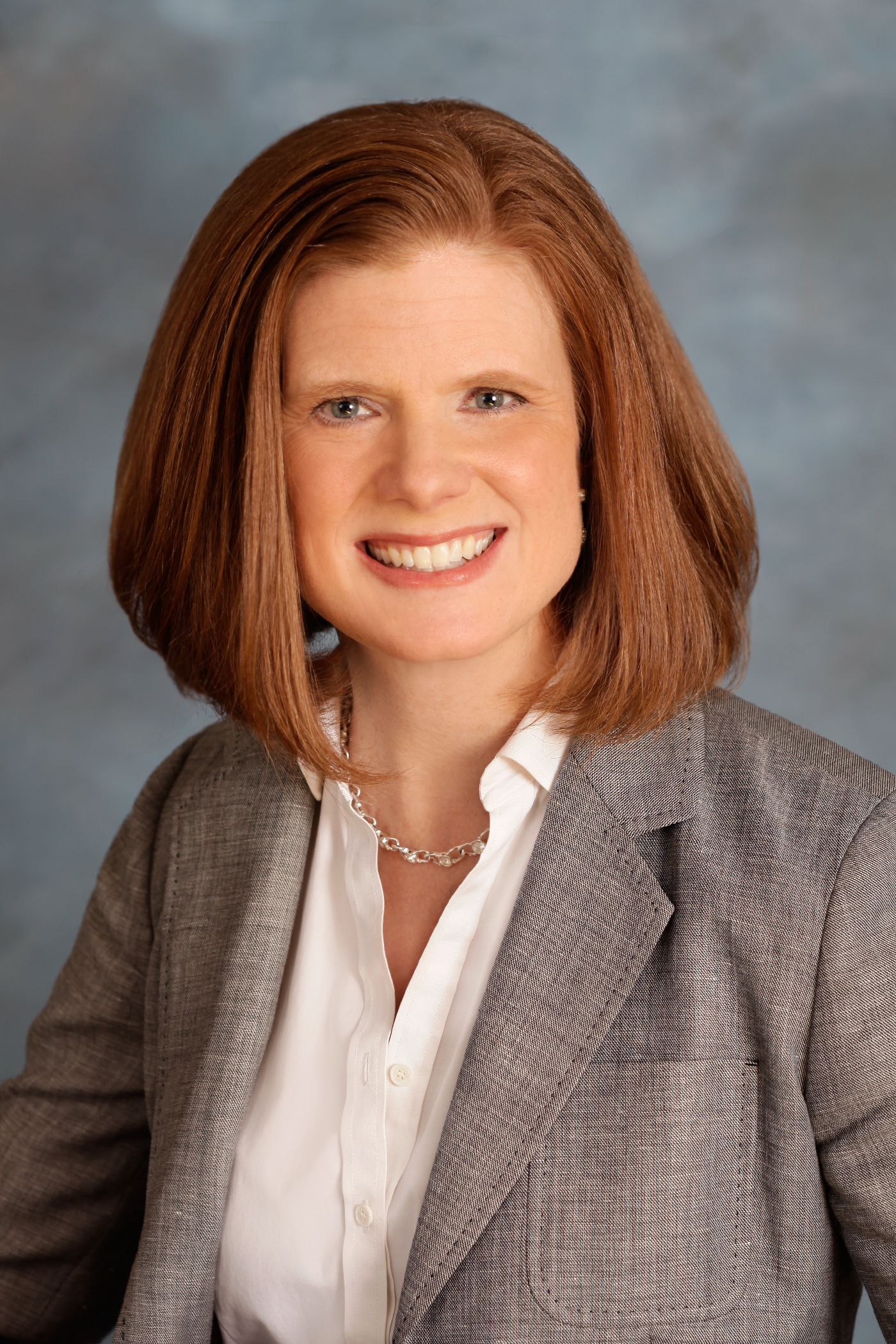
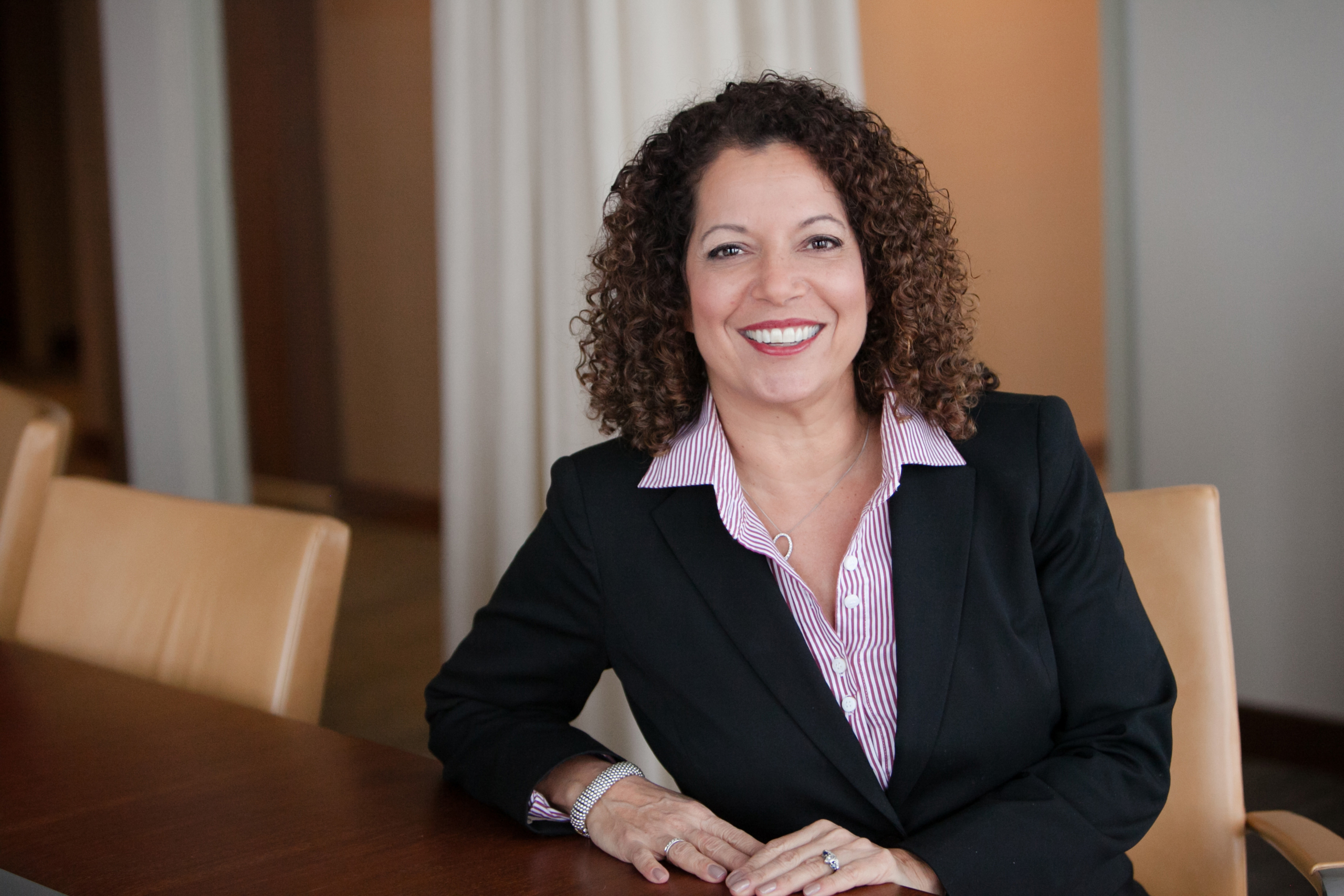
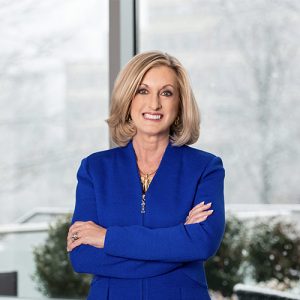

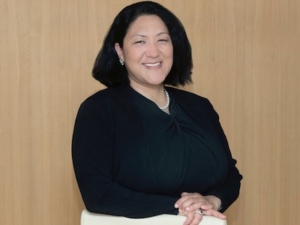



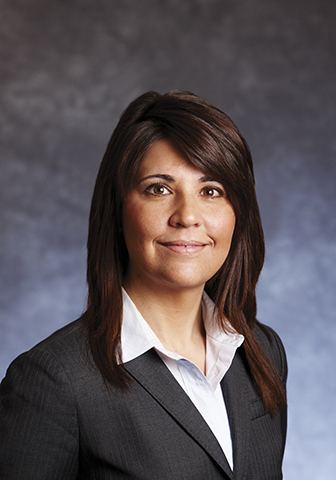 By Ann Miletti, co-lead portfolio manager of the Wells Fargo Asset Management Private Market Value (PMV) Equity team
By Ann Miletti, co-lead portfolio manager of the Wells Fargo Asset Management Private Market Value (PMV) Equity team